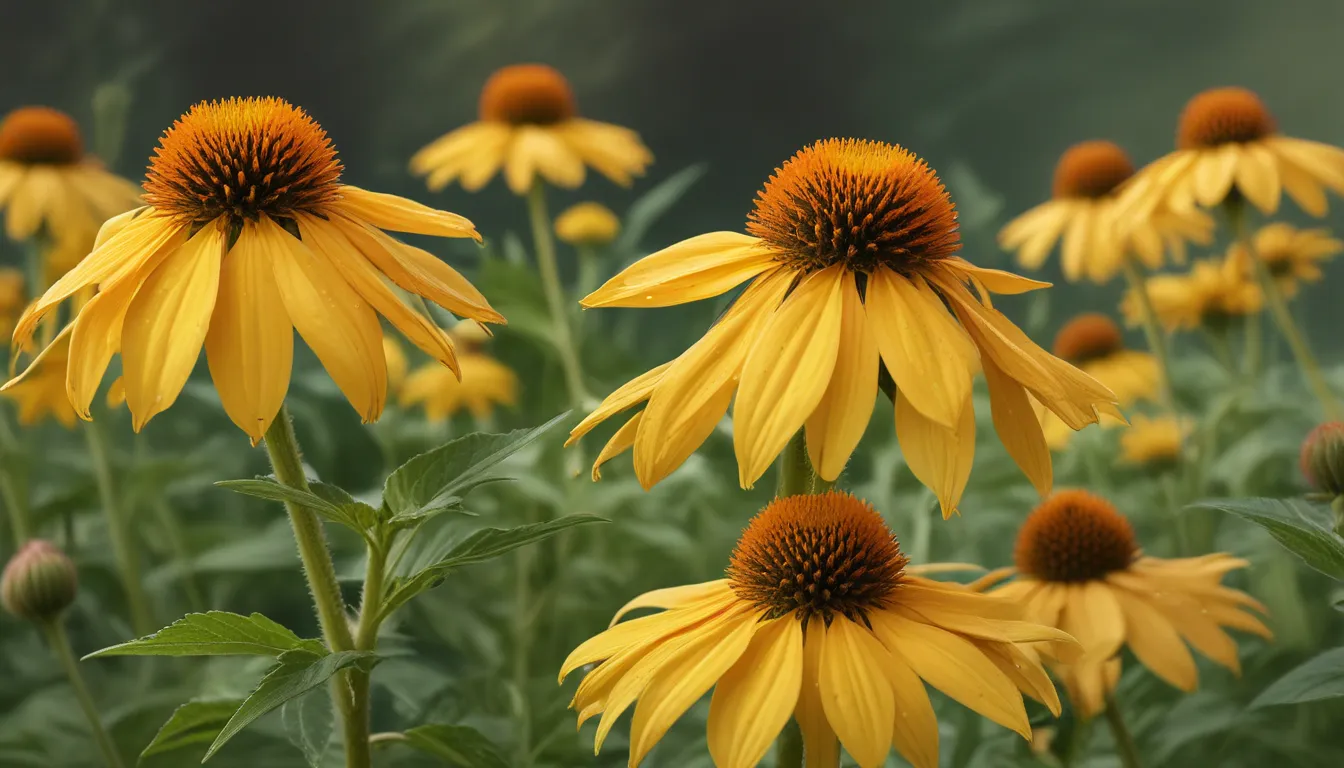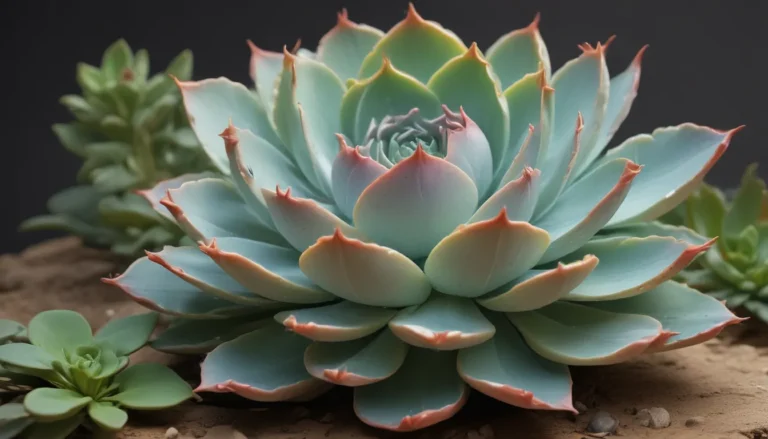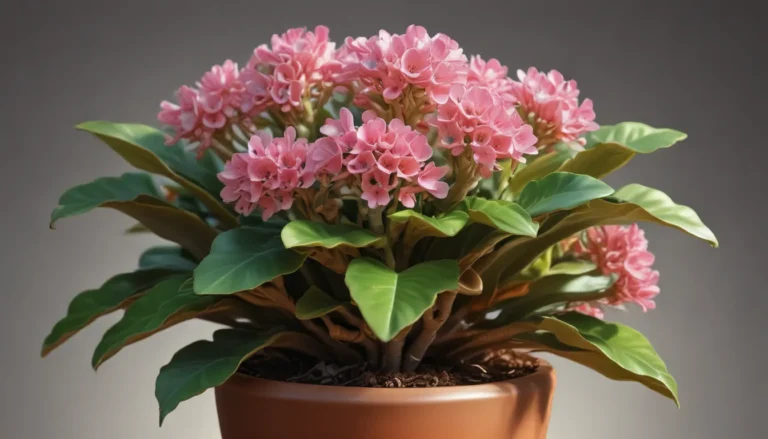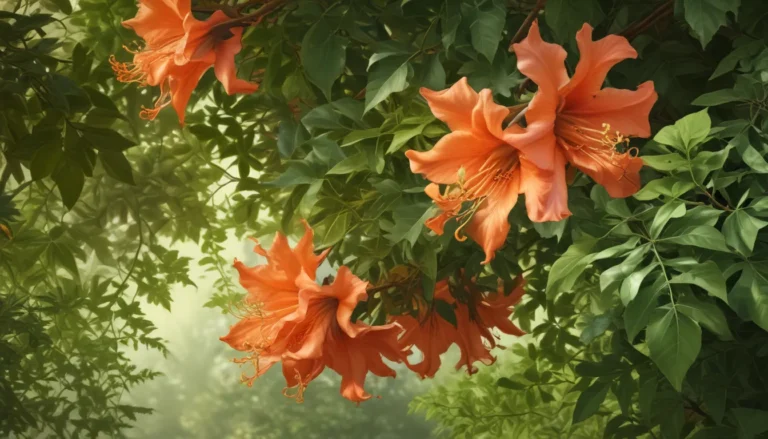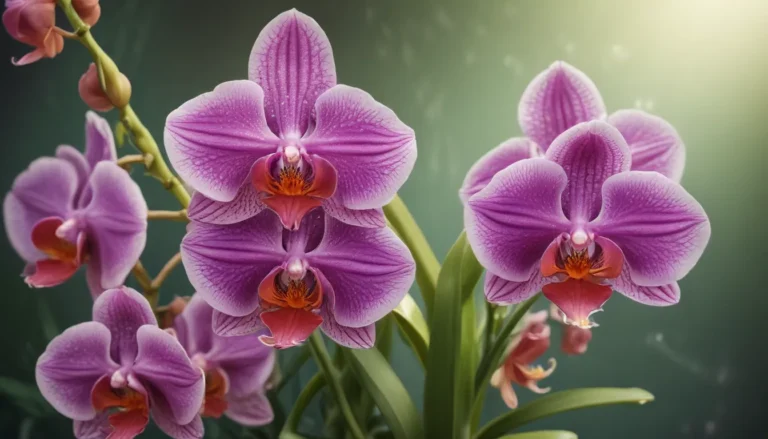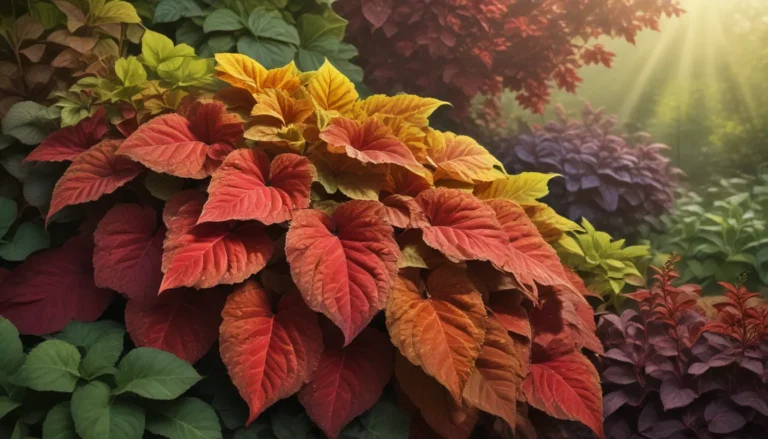The pictures we use in our articles might not show exactly what the words say. We choose these pictures to make you interested in reading more. The pictures work together with the words but don’t take their place. The words still tell you the important facts.
Are you looking to add a vibrant and captivating plant to your garden? Look no further than the yellow coneflower, also known as Echinacea paradoxa. This resilient perennial herb, native to the prairies of North America, offers a unique and striking alternative to the common purple coneflower. Beyond its stunning appearance, the yellow coneflower has a rich history and several intriguing facts associated with it. From its medicinal properties to its role in supporting pollinators, this remarkable plant has a lot to offer. In this article, we will delve into 14 fascinating facts about the yellow coneflower that will leave you with a newfound appreciation for this extraordinary plant.
Discovering the Beauty of Yellow Coneflower
The yellow coneflower, with its bright yellow petals and cone-shaped center, is sure to add a pop of color and elegance to any garden. It is a resilient and low-maintenance plant that attracts pollinators, providing both aesthetic beauty and ecological benefits to your outdoor space. Let’s explore some key takeaways about this captivating plant:
- Yellow coneflower, also known as Echinacea paradoxa, is a resilient and low-maintenance plant native to the United States, attracting pollinators and providing medicinal benefits.
- Its vibrant yellow petals, long blooming season, and adaptability to various soil types make it a versatile and wildlife-friendly addition to any garden.
Exploring the Fascinating Facts About Yellow Coneflower
Native to the United States
Yellow coneflower is native to the central and southern regions of the United States, thriving in states such as Arkansas, Missouri, and Oklahoma. Its natural habitat allows it to adapt to various environmental conditions with ease.
Resilient and Drought-Tolerant
One of the notable characteristics of the yellow coneflower is its resilience and ability to withstand drought. This plant is a great choice for gardeners looking for low-maintenance options that can thrive in challenging conditions.
Medicinal Properties
Like other members of the Echinacea family, yellow coneflower is known for its medicinal properties. Traditionally used by Native Americans to boost the immune system and treat colds and flu, this plant offers a natural remedy for various ailments.
Attracts Pollinators
The bright yellow petals of the coneflower serve as a magnet for bees, butterflies, and other pollinators. By providing a valuable food source, the yellow coneflower plays a vital role in pollination and supporting the ecosystem.
Long Blooming Season
Yellow coneflower delights gardeners with its extended blooming season, spanning from early summer to late fall. Its cheerful blossoms bring color and beauty to the landscape throughout the growing season.
Tolerant of Various Soil Types
One of the remarkable features of the yellow coneflower is its adaptability to different soil types, including sandy, loamy, and clay soil. This versatility allows it to thrive in a wide range of garden settings.
Naturalizing Plant
Yellow coneflower has the ability to naturalize, spreading and self-seeding in suitable habitats. This natural propagation creates a sustainable display of flowers year after year, enhancing the beauty of your garden.
Wildlife Friendly
In addition to attracting pollinators, the yellow coneflower provides a habitat for birds and small animals. Birds feed on the seeds, while insects seek shelter and sustenance among its foliage, enriching the biodiversity of your garden.
Easy to Grow
Whether you’re a novice or seasoned gardener, you’ll appreciate the ease of growing yellow coneflower. With minimal care, this plant thrives and blooms, offering beauty and benefits without requiring extensive attention.
Prolific Seed Producer
Yellow coneflower is known for being a prolific seed producer. After the blooms fade, the plant develops seed heads that can be harvested for propagation or shared with fellow gardening enthusiasts.
Traditional Symbolism
In Native American cultures, yellow coneflower holds deep symbolism, representing strength, vitality, and healing energy. This plant is used in ceremonies and rituals, reflecting its spiritual significance and traditional uses.
Stunning Cut Flowers
With its vibrant yellow petals and long stems, yellow coneflower makes a beautiful addition to cut flower arrangements. The blooms can last for several days, brightening up bouquets and adding a touch of sunshine to any setting.
Versatile Garden Plant
From prairie gardens to formal landscapes, yellow coneflower fits into various garden styles with ease. Its beauty, medicinal properties, and adaptability make it a versatile and elegant choice for any outdoor space.
Cultivars and Varieties
Over time, several cultivars and varieties of yellow coneflower have been developed, offering different shades of yellow and unique features. Gardeners have the option to choose the perfect coneflower that complements their preferences and design aesthetics.
Embracing the Wonder of Yellow Coneflower
In conclusion, the yellow coneflower is a plant that offers not only visual beauty but also practical benefits to any garden. Its resilience, medicinal properties, and role in supporting pollinators make it a valuable addition to outdoor spaces of all kinds. Whether you’re looking to enhance your garden’s biodiversity or enjoy the vibrant blooms of this perennial herb, yellow coneflower is a plant worth considering. Explore the wonders of this captivating plant and witness its charm unfold in your garden for years to come.
Frequently Asked Questions
Q: Where can I find yellow coneflower?
A: Yellow coneflower is native to North America and can be found in sunny meadows, prairies, and open woodlands. It is also cultivated in gardens and nurseries.
Q: Can yellow coneflower be grown in containers?
A: Yes, yellow coneflower can be grown in containers with proper drainage and sunlight. Ensure the container accommodates the plant’s roots and place it in a sunny spot for optimal growth.
Q: How do I care for yellow coneflower?
A: Yellow coneflower is low-maintenance and prefers full sun to partial shade with well-drained soil. Water during dry spells and deadhead spent flowers to promote healthy growth.
Q: Does yellow coneflower have medicinal uses?
A: Yes, yellow coneflower is traditionally used for its immune-boosting, anti-inflammatory, and antiviral properties. Consult a healthcare professional before using it for medicinal purposes.
Q: What pollinators are attracted to yellow coneflower?
A: Yellow coneflower attracts a variety of pollinators, including bees, butterflies, and hummingbirds. Its bright petals and sweet nectar make it a favorite among beneficial insects.
If you’re captivated by the allure of Yellow Coneflower, consider exploring other enchanting plants that offer unique qualities and benefits for your garden. From immune-boosting Echinacea to the elegance of perennial Brunnera, each plant brings its own charm to your outdoor space. Embark on a journey of discovery and uncover the fascinating facts about these remarkable plants to elevate your gardening experience. Your garden will bloom with beauty and vitality, thanks to the wonders of nature’s treasures.
Our dedication to delivering reliable and engaging content is evident in the informative facts we provide. Each submission is carefully reviewed by our team of editors to ensure accuracy and credibility, offering you a trustworthy source of information and insights. Explore, learn, and grow with us as we continue to share fascinating knowledge to enrich your gardening journey.
